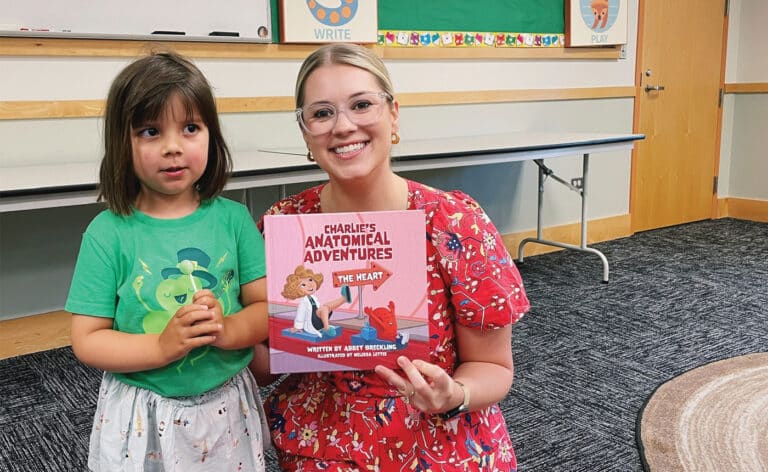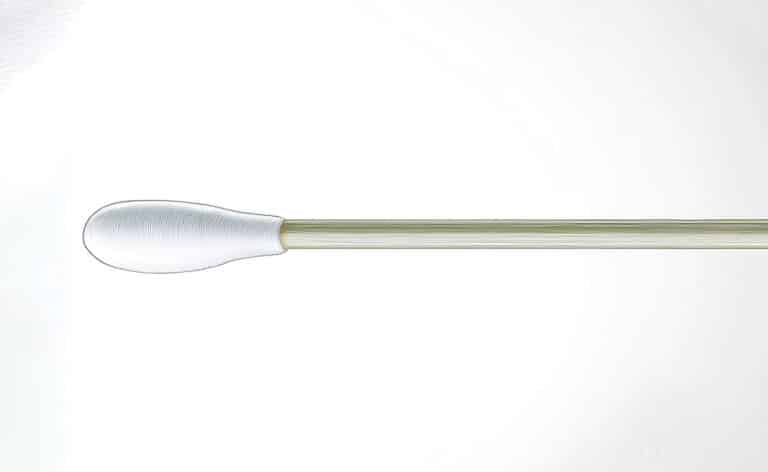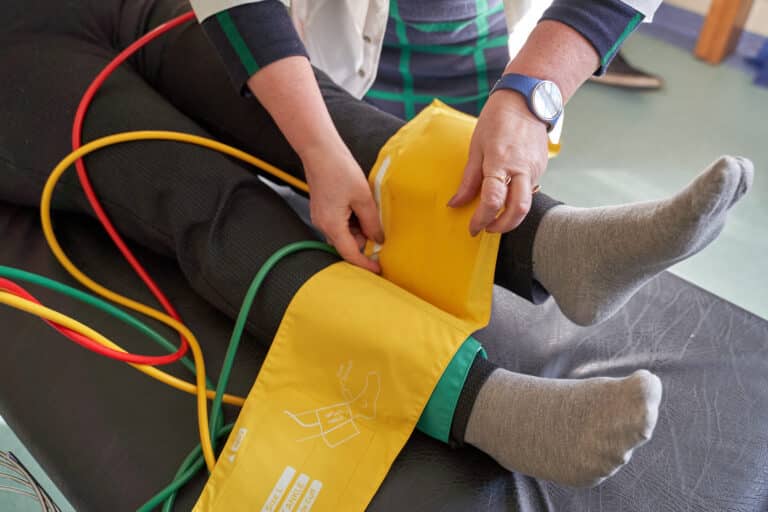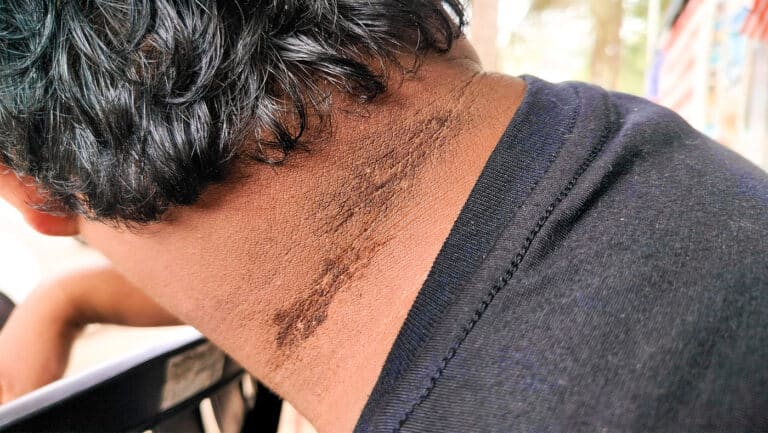Repeated run-ins with insurance companies can infuriate David Rubin, MD. As chief of Gastroenterology, Hepatology and Nutrition at the University of Chicago Medicine, he is invested in helping his patients with inflammatory bowel disease.
So when insurance companies refuse to cover his patients’ medications, Rubin turns to an untraditional platform for physicians: Twitter.
Last year, he took the side of a patient in remission for Crohn’s. When she switched jobs, her new insurance provider denied coverage of a medication that helped keep her stable. That treatment sent Rubin on a Twitter rampage.
“UNITED HEALTHCARE denies patients who are in STABLE REMISSION on effective therapy their meds even with peer-to-peer discussion. Pass it on,” Rubin wrote in one tweet under the handle @IBDMD.
In another: “Insurance companies don’t know & worse appear not to care about downstream savings. Deny now. Pay more later. Maybe someone else pays then?”
Rubin explains that he’s not anti-insurance; he’s just frustrated. “I understand they have to maintain costs. What I’m against is an insurance company that’s lazy.”
Before turning to Twitter, Rubin had spent an hour on the phone with UnitedHealthcare, which shuffled him from one representative to the next. After explaining the situation multiple times, he was fed up. So, Rubin called out the company’s laziness publicly. Colleagues and supporters re-tweeted and responded to him from around the world.
But it’s far more common to see patients on social media than physicians.
Patients turn to Twitter, Facebook and other social media platforms for many reasons: to complain about a healthcare experience, to raise medical funds through sites like GoFundMe and to blog medical updates to their followers. They choose physicians based on Yelp reviews, join Facebook groups to discuss diseases and scour Twitter hashtags like detectives to research medical conditions.
Statistics reflect the trends: 33 percent of U.S. consumers use social media to find medical information and review their health experiences, while 90 percent of 18- to 24-year olds trust medical information shared in their social networks, according to a 2012 study from PwC’s Health Research Institute. The numbers have only grown since then.
Some physicians are setting the standard nationally, including avid blogger and tweeter @KevinMD (145,000 followers) and Instagram star @DrPimplePopper (2 million followers). Local physicians, researchers, nurses, therapists and others in medicine are slowly joining in on these conversations, though lack of time and fears around privacy violations often keep them at bay.
Blogging for Physician Rights
Westby Fisher, MD, is director of Cardiac Electrophysiology at NorthShore University HealthSystem in Evanston. He began his Dr. Wes blog in 2005 and has written almost 3,300 posts documenting his experiences helping patients and fighting for physician rights.
“Blogging enabled me to put content on the web to teach and inform,” he says. “It very quickly morphed into stories about my experiences in medicine and what it’s like to be a physician.”
Before starting his blog, Fisher asked for NorthShore’s permission to publish clinical experiences without using identifiable patient information. The hospital system gave its blessing, as long as Fisher included a disclaimer that his views were his own and that he wasn’t giving medical advice.
Today, the Dr. Wes blog has exceeded 3 million views. Sometime along the way, Fisher realized the internet could make him a “change agent.”
He wrote about an implantable defibrillator that exploded in a patient’s chest. This wasn’t Fisher’s patient or his hospital, but he felt a need to draw attention to it and share photographs that had been published in a journal.
Within hours, medical device companies were sharing the blog post on their own websites, and patient groups were talking about it in their online communities. Twenty-four hours later, representatives from the failed device’s company showed up in the lobby at NorthShore asking for Fisher.
“I can assure you that probably as the result of those actions, not a single center in Chicago uses those devices anymore,” he says.
Not long after that, Fisher led a campaign on social media against the Heart Rhythm Society, which had installed trackers in the badges of conference attendees. “We were being tracked, and a lot of people didn’t know. After that, we now get asked permission. It was physicians in action. It was great,” he says.
Fisher also uses his blog and Twitter to disrupt the physician credentialing system in the United States. “Basically, we’ve been coerced into having to pay our re-credentialing fees every 10 years, when before 1990, credentialing lasted a lifetime,” he explains. On his blog, he likens the system to a “house of cards,” using images of Kevin Spacey and Robin Wright from Netflix’s political drama House of Cards to illustrate his point.
Fisher’s Twitter account, @DoctorWes, has more than 15,000 followers. Using Twitter as an amplifier, he says, “I’ve made remarkable friends from all over the world—fellow people who like to write and people who are passionate about what I’m passionate about.”
Providing an Inside View
Twitter user @MidwestDrLady, a third-year medical student at Rosalind Franklin University in North Chicago, tweets anonymously as a way to vent about life as a med student, connecting with others in similar situations.
She occasionally uses the hashtag #girlmedtwitter, which offers a glimpse into the life of female medical students via tweets such as: “Okay #girlmedtwitter, how do I keep my glasses on my face when looking down in the OR?” and “Three weeks into rotation, one to go. And when it’s over, I think I’ll need a new lipstick. #retailtherapy #girlmedtwitter.”
She also uses Twitter to connect to other medical students, residents and physicians, in addition to health and medical organizations. The platform enables her to keep up on medical advancements and ask advice from other people in the field.
“They give me the motivation that I’ll be [where they are] someday,” she says. “Everyone on Twitter is there because they’re open to talking with other people in the industry and are invested in making the medical field better than it is today.”
Connecting With Others
Vinnet Arora, MD, professor of medicine and academic hospitalist at University of Chicago Medicine, didn’t initially tell her colleagues that she was on social media. Some 24,000 followers later, the cat’s out of the bag.
Arora joined Twitter in late 2008 under the handle @FutureDocs. She used the platform quietly at first to keep up with what was happening in her field.
“I was curious. When I first started, I lurked a lot,” she says.
Nearly eight years later, Arora has taken on the role of deputy editor of social media for the Journal of Hospital Medicine and tweets daily to promote awareness of how best to train doctors.
She says she sees the value of social media in “the strength of the weak tie, which is a sociological theory that highlights that the most useful opportunities come to you from those you know less well. Social media basically enables you to have many weak ties, so you can connect with folks with like interests all over the world.”
Inspiring New Ideas
Through her Twitter account @APfam, Angela Pfammatter, PhD, has made those connections, finding research leads and collaborators on the social media platform.
A licensed clinical health psychologist and research assistant professor at Northwestern University’s Feinberg School of Medicine, Pfammatter calls Twitter “hands down, the most helpful in terms of what I do in my work. It has sparked new ideas and gets me out of my academic silo a bit.”
Pfammatter joined Twitter in October 2008. With 500 followers, she says, “I would never say anything I wouldn’t say to a room full of strangers.”
Social media provides a way to enhance social networks that would otherwise be limited, she says. “It certainly has its shortcomings, but I think it can be leveraged for the benefit of society.”
Providing a Voice
To help other physicians leverage those benefits, Rubin gives talks such as “Social Media: Which One to Use and How?” at conferences.
“Don’t be afraid of it,” Rubin advises other physicians. “It takes less time than you expect.”
Online, his patients are listening, too. Erica Siebrasse, PhD, is one of Rubin’s nearly 4,000 followers. She has inflammatory bowel disease (IBD) and lives outside of Washington, D.C., visiting Chicago annually for an appointment with Rubin. In the meantime, she follows him on Twitter.
“[Twitter] is a really good platform for physicians like Dr. Rubin, who are very knowledgeable. It’s a way to access his expertise that’s comfortable for patients and other caregivers,” Siebrasse says.
She has watched Rubin fight insurance companies multiple times over the social platform and calls him a “master of Twitter at this point, a strong advocate for the IBD community.”
A week after his criticism of UnitedHealthcare, he tweeted: “If you are following my social media campaign about United Healthcare’s denials, they finally approved my pt’s treatment today. #fighton.”
Part of Rubin’s enthusiasm for social media comes from a feeling that he owes it to the public. He says, “I feel a responsibility to share—in an ethically appropriate way—thoughtful opinions about what’s happening in our world.”










